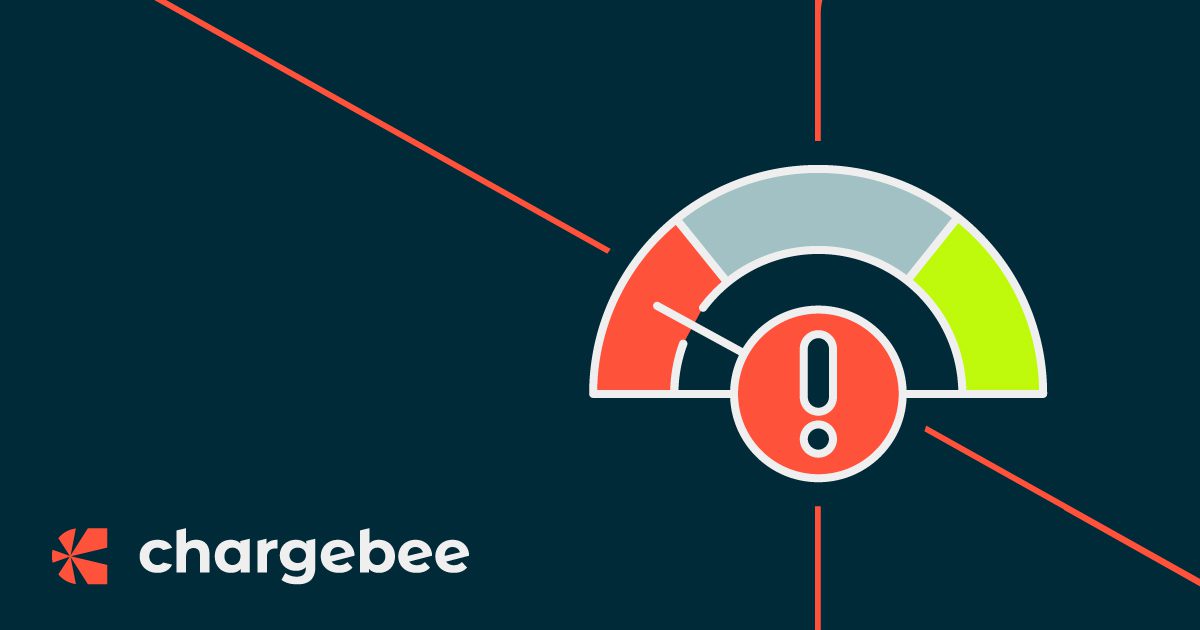Every business should keep an eye on the customer churn rate. This metric lets you know the percentage of customers that have stopped paying for/have canceled their account with your business services or products over a given period of time. What’s considered to be a “good churn rate” percentage will vary depending on the industry, but you should have a clear understanding of what churn is to keep it as low as possible.
To increase your customer retention rate, and keep the new customers coming back for more, then pay close attention to what customers are saying and doing while engaged with your brand. The best way to prevent at-risk customers from leaving is to learn what indicators of churn are benchmarks to focus on.
Why is Churn Rate Important?
The bottom line is that a high churn rate negatively affects business profit and growth. Your Monthly Recurring Revenue (MRR) churn rate is the measure of money lost from customers who have canceled their subscriptions over a period of time. When the churn rate is high that means that there is a lack of attention and value being placed toward customer satisfaction and retention.
This will not only cause a decrease in revenue and damage the brand’s reputation but will subsequently lead to an increase in customer acquisition costs and marketing expenses. Tracking these churn rate metrics over time is essential in understanding customer needs and whether or not marketing strategies are working.
Identifying churn indicators is crucial for maintaining a strong customer relationship in your business. By proactively addressing these red flags and taking timely action, you can prevent them from escalating into significant problems. Although losing at-risk customers may be unavoidable, staying ahead of the game is possible by focusing on these key indicators.
Low Engagement Rates
If customers are not consistently using your products or services, then that is a significant churn indicator that needs focus. Low engagement can mean that customers are losing interest, disconnected from the brand, or exploring other options. A few simple ways to track engagement are to monitor how consistently users are checking your website, logging in to their accounts, opening your emails/text messages, and the click-through rate.
To significantly boost customer engagement rates, one highly effective strategy is to personalize their experience by tailoring offers and recommendations based on their unique engagement history, specific interests, and individual behavior. Moreover, consider providing personalized incentives to further motivate the usage of our products. For example, by implementing a Chargebee retention product, such as a loyalty program that rewards long-term customers or offering special incentives for first-time users, we can greatly contribute to fostering a strong and lasting customer relationship.
Customer Feedback
Another leading indicator you should focus on is what customers are saying in their support tickets and negative product reviews. This is direct feedback from at-risk customers who are having a subpar user experience. If you are receiving a lot of tickets, that indicates several customers are experiencing problems or the product is difficult to use.
It is important to monitor and address this churn indicator because if a lot of customers are having a negative experience then they’re likely to share their opinion with others and cause a decline in customer acquisition.
A few ways to address this problem are to examine what exact issues your customers are facing, respond to their concerns quickly, and take action to resolve their issues. You may identify a majority of people are having problems with the product usability, quality, or onboarding process. Once you pinpoint patterns within the customer experience, it’s imperative to address the root cause of what needs improvement, and further improve your customer satisfaction.
Declining Customer Lifetime Value
In addition to knowing how to calculate your churn rate, you must also know how to calculate the Customer Lifetime Value (CLV). This metric helps evaluate how much total value a customer is bringing to your business over a long period of time.
Customer Lifetime Value (CLV) = (Average Order Value) x (Number of Repeat Transactions) x (Average Customer Lifespan).
If this is increasing that means your business is keeping customers satisfied over a period of time, but a visible decline in your CLV suggests a decrease in customer loyalty.
When you notice this decline, you can stay ahead of the game by monitoring your company’s Net Promoter Score (NPS) and learning how to track your customer success. Incentivize customers to make repeat transactions and increase how much they’re purchasing at once. This could include offering upsell opportunities with pricing discounts, subscription membership perks, and customer satisfaction guarantees.
High Abandonment Rates
One final churn rate indicator that you can focus on is high abandonment rates throughout the engagement process. Pay attention to abandoned shopping carts, incomplete registrations, and an increase in views and impressions without an increase in CTR.
This not only suggests difficulty in using the product or service but also could indicate a decrease in acquisition rates.
To confront this problem then you can focus on improving your customer experience by making the engagement process more seamless and secure. Make your checkout process friction-free, with minimal form fields. If a user has to jump through too many hoops to finalize their purchase then they lose interest or become skeptical. You can add security badges for reassurance, or find better ways to guide them to the finish line.
In conclusion, the best way to reduce your churn rate is to begin paying closer attention to churn rate indicators that reflect a lack of customer satisfaction. The good thing is that these indicators are all things that can be addressed and resolved prior to your business actually experiencing a high churn rate. By taking the time to examine these red flags, and implementing effective strategies to address them, then you’re more likely to reduce churn before it even begins. When you focus on how to eliminate these problems before they become major issues then your business is more likely to grow its profits, CLV, and brand reputation. The goal is to achieve long-term success by increasing customer retention and maintaining a loyal customer base that feels valued and heard.
For better insights into your churn indicators, explore the robust features and capabilities of Chargebee’s Churn Management Suite. With our assistance, you can always make sure you are tracking the data that matters the most.

